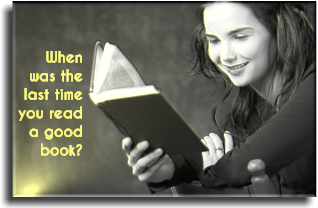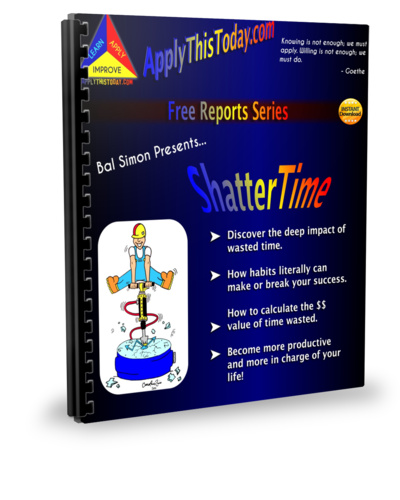Good Morning,

Hopefully, the day finds you well. Today I will begin with a news article at the Washington Post.
We have the ability to read in different modes. Slow vs fast reading is a relatively new area of interest to neuroscientists.
In Serious reading takes a hit from online scanning and skimming, researchers say, WaPo interviewed Maryanne Wolf, a neuroscientist, who said she found it difficult to read a book in the older, more leisurely way, and had to retrain herself. It didn't take her long to do it, but she had to make an focused effort.
In fact, researchers are finding that our online reading habits may actually be creating new rewiring of our brains. And since we're largely unaware of what's going on, we don't do anything to counter it.
The article distinguishes two kinds of reading: text and screen reading, or more descriptively, linear vs. hypermedia-rich reading. The main difference being that with linear reading, there isn't anything to do other that look at what's on the page and get it. With hypermedia-rich reading, we have links, videos, and ads - all kinds of distractions which require different reading/understanding strategies.
Four Kinds of Reading
In my own life, I distinguish 4 kinds of reading.
1 - o-reading - online scanning, skimming, going for the gist of things - often at the expense of a full understanding. One huge problem with this is that it is very difficult to know what you are missing, and that could be important. For instance, consider reading a sentence, but missing the word "not." This could change the entire meaning of what you read. This may be a price we have to pay, but it is a price.
2 - t-reading - technical reading - that is, reading to truly understand for practical, real-life matters. This would include reading technical material, reading to perform on a test, etc. This is professional grade reading. We need to read to learn, so as to perform better. Details matter a great deal with this kind of reading, and it is often external-demand driven.
3 - c-reading - casual, for the enjoyment of it. I just recently read PL Travers' Mary Poppins. I was inspired to do so after seeing the movie, Saving Mr. Banks. The book was thoroughly enjoyable. I took it nice and slowly. Savoring it, as it were.
4 - g-reading - reading for the soulful grokking of the material - For me, this is the most intensely enjoyable reading. It includes aspects of reading found in t-reading and c-reading. I engage in it when "I have all the time in the world" and a passion for the subject-matter.
I have found that the thrust of the Washington Post article is accurate in my life. The skills of old have been deteriorating under the pressure of o-reading. And like researcher, Wolf, I will be making an effort to slow down and engage more in the other kinds of reading.
Oh yeah - one more thing, and it would be interesting to know what the research says: I read Mary Poppins on my Galaxy Note tablet's Kindle App. Once I got into it, I found the experience quite similar to reading a paper book.
So - when was the last time you sat down and read a good book?

Further Reading
 |
More PL Traversin Kindle in Books |
Get more from Maryanne Wolf |
Note: Links in this and all posts may be affiliate or commercial links.
